There are two features there.
One is the pairs of tracks close to each other. That's because they are designed to have a controlled characteristic impedance. The thickness and dielectric constant of the PCB through to the ground plane underneath and the desired impedance determines the width and spacing of the conductors. That keeps the signals relatively free from reflections and clean. Each pair represents a current path to and from the receiver. It takes stripline signals about 1 to 1.1 nanosecond to travel 15cm (6").
The second feature is the switchback configuration of the pairs. That's to equalize the length between chip and connector (for each pair), so that the differential signals arrive at the connector at very close to the same time.
